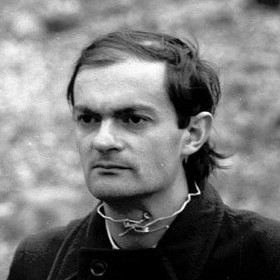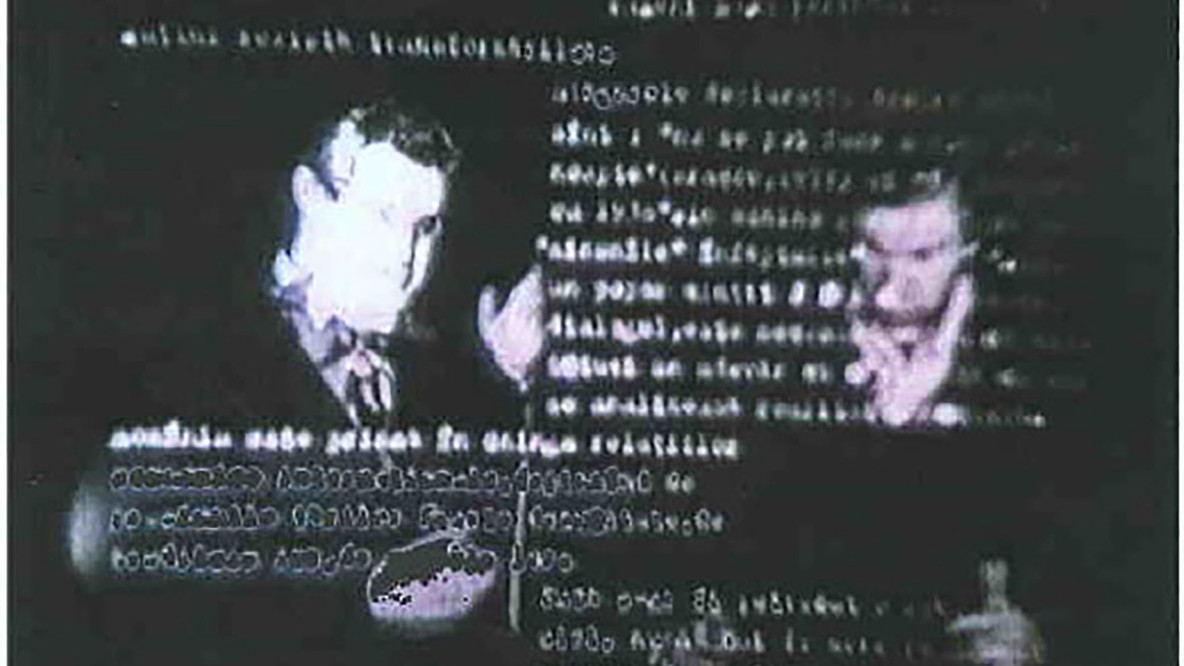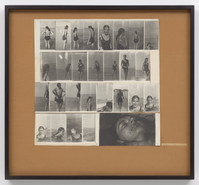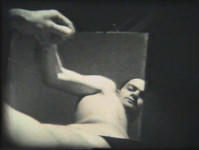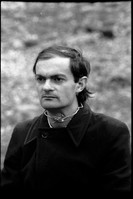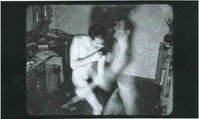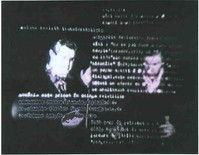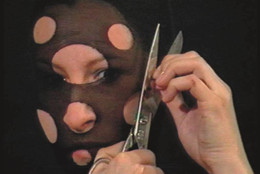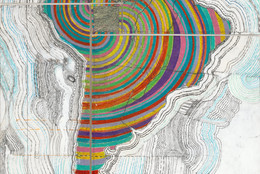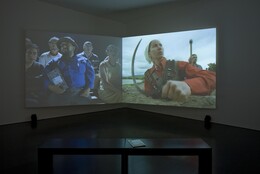“If the people cannot rule, they should at least criticize!”
Ion Grigorescu
Ion Grigorescu is a central figure in the Romanian neo-avant-garde. Born in 1945 in Bucharest, where he still lives and works, he had a childhood marked by the consecutive traumas of World War II, the Holocaust, and the rise of communism in Romania. His performances, films, photographs, and works on paper, produced since the late 1960s, take up his strained relationship with his country’s communist regime.
While living under communism, Grigorescu worked in relative isolation and did not publicly exhibit any of his artworks until after the Romanian Revolution of 1989, which deposed the country’s longtime dictator, Nicolae Ceauşescu. Faced with restrictions on both the form and content of his work, Grigorescu limited his practice to the privacy of his studio, as seen in his short film Male and Female (1976), or to the countryside, as seen in his photographic collage Marica at the Seaside (1971–74), in order to avoid censorship and persecution. As a result, the camera or his occasional artistic collaborators were often his sole audience. Despite this limited reach and his economy of production, Grigorescu found innovative ways of making work under duress.
In his photographic series from the 1970s, such as Mimicry (1975) and Traisteni (The Serf) (1976), Grigorescu distilled performances into still images, frequently using himself as his subject. His own body was his primary material, since it was accessible and could be freely manipulated. In powerful, abject photographs produced throughout the 1970s and into the early 1980s—including the series Box-Yoga (1980), Autosuperpositions (1977), and Homage to Bacon (1978)—he pushes his body and mind to physical and psychological limits by contorting himself into various positions requiring significant strength and focus. Although these are still images, the dynamism of his actions reveals his keen interest in closely observing and recording movement.
For the filmed action Boxing (1977), Grigorescu used the technique of superimposition, layering images to create a double self-portrait. He appears naked, fighting himself. The looping action of this grainy, black-and-white, 8mm film reflects the artist’s frustration with the strict confines of everyday life in communist Romania. Boxing against oneself is a losing battle; his persistence despite the futility of his actions serves as an expression of private resistance.
Grigorescu also produced overtly political works, including Dialogue with President Ceaușescu (1978). This staged film imagines an improbable conversation between the artist and the infamous despot, who is played by Grigorescu wearing a mask, suit, and tie. In apparent compensation for the film’s lack of sound, the text of their supposed conversation appears on the screen, merging the visual and the textual into a single frame. It opens with the phrase, “If the people cannot rule, they should at least criticize!” This work foreshadows the artist’s brush with Ceauşescu in 1980, when he was commissioned to paint his official portrait. Grigorescu’s portrait was rejected because it did not conform to the state’s standards of art.
In 2007, Grigorescu returned to the subject of Ceauşescu, who has become a kind of alter ego for the artist, in the work Post-mortem Dialogue with Ceauşescu. Produced almost a decade after the authoritarian leader’s death, the film tests the purported democracy of post-communist Romania by reviving the ghost of its past. Like his first film, it also features a conversation, but this time Grigorescu brings Ceauşescu to life by giving him a voice. When the film was first screened in Romania, some viewers from an older generation believed the voice was actually that of Ceauşescu.
Note: Opening quote is from Dialogue with President Ceaușescu 1978. Romania. Directed by Ion Grigorescu. 8mm film transferred to 16 mm film (black and white, silent). © 2023 Ion Grigorescu
Ksenia Nouril, C-MAP Fellow for Central and Eastern Europe, Department of Photography
